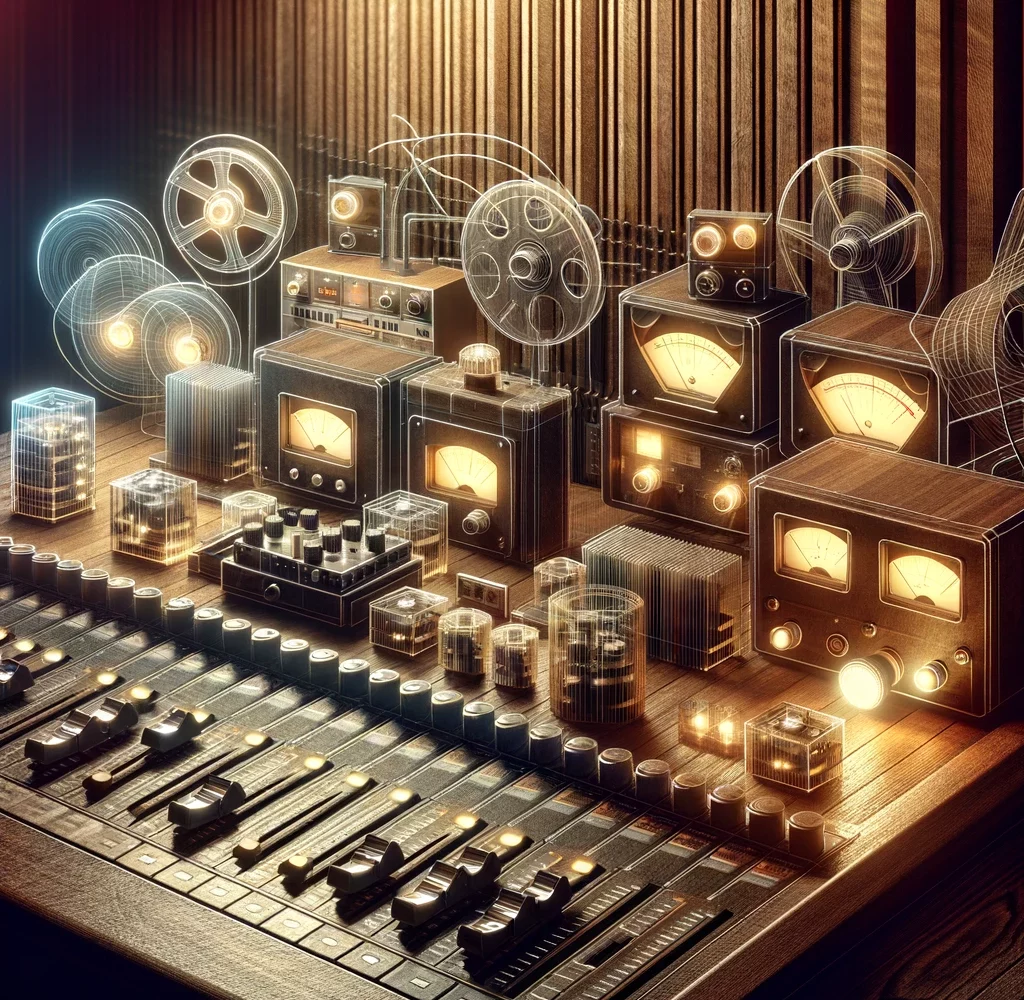
The Timeless Charm of Analog Gear in Audio Engineering
Analog Charm
In the realm of audio engineering, the debate between analog and digital gear continues to stir conversations and opinions. While digital technology offers convenience, precision, and recallability, there’s a certain allure to analog gear that keeps it relevant, even indispensable, in modern studios. This article delves into why analog gear holds a special place in the hearts of audio engineers and music producers.
The Warmth and Character of Analog Sound
One of the most celebrated attributes of analog equipment is the warmth and character it imparts to sound. Unlike digital gear, which can sometimes produce a sterile or clinical tone, analog devices add subtle imperfections and nuances that enrich the audio. These harmonic distortions, often referred to as “coloration,” are not flaws but rather cherished sonic qualities that can make recordings feel more alive and emotionally resonant.
The Physical Interaction and Tactile Experience
The hands-on experience of using analog gear is another aspect that draws audio professionals. Twisting knobs, patching cables, and adjusting sliders offer a tactile interaction that many find inspiring and intuitive. This physical engagement with the equipment can lead to spontaneous creative decisions and a more organic workflow, as opposed to the point-and-click interface of digital software.
The Unique Non-Linearity and Dynamic Response
Analog devices are known for their non-linear and dynamic response to audio signals. This means that the way analog gear reacts to sound can change depending on the signal level, frequency content, and even the temperature of the equipment. This dynamic behavior can add a level of complexity and depth to audio processing that is hard to replicate with digital simulations.
The Influence on Performance and Recording Techniques
Working with analog gear can also influence the performance and recording techniques of musicians and engineers. The limitations and idiosyncrasies of analog equipment, such as tape saturation and the noise floor, often require a different approach to recording, mixing, and mastering. This can lead to more thoughtful and deliberate decision-making, ultimately impacting the final sound in a positive way.
The Legacy and History
Finally, the historical significance of analog gear cannot be overlooked. Many legendary recordings were made using analog equipment, and the desire to capture some of that magic remains strong. The legacy of iconic consoles, tape machines, and outboard processors continues to inspire audio professionals to incorporate analog gear into their setups, seeking to connect with the rich history of music production.
In conclusion, while digital technology has brought about incredible advancements in audio engineering, the charm and sonic qualities of analog gear ensure its continued relevance. The warmth, character, tactile interaction, dynamic response, and historical legacy of analog equipment make it an essential element in the creative process for many audio professionals. As we move forward in the digital age, the appreciation for analog gear serves as a reminder of the importance of imperfection, character, and human interaction in the art of music production.

